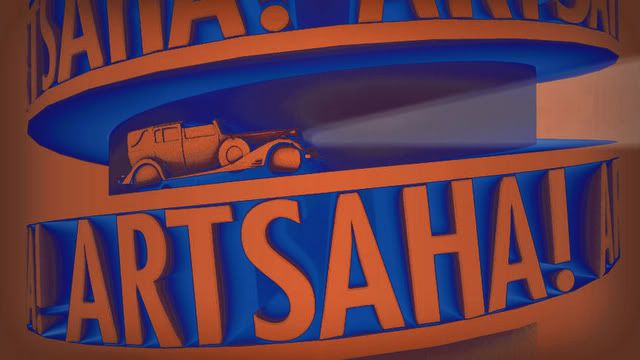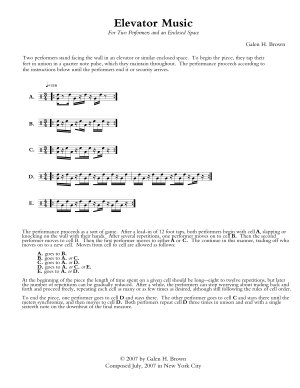Over the past couple of years, ISSUE Project Room has become one of the hot spots for contemporary music in the city and earned a well-deserved reputation for presenting new and artistically challenging work. It has outgrown its funky silo on the Gowanus Canal and has just launched a $350,000 capital campaign with the goal of expanding its programs and moving to a larger, more centrally-located home.
As often happens, though, a great opportunity has come along and the group needs to raise a bundle of cash by July 24 to take advantage of it. ISSUE is one of two finalists for the right to move into a new, rent free space in one of the most beautiful buildings in downtown Brooklyn. But, says founder and artistic director Suzanne Fiol, it must demonstrate the financial capability to develop the space if it is to secure the lease.
An anonymous donor has made a $25,000, one -for- two matching grant to be met by August 10, which means that for every dollar the group raises between now and then, it will get an an additional 50 cents. It has already raised $10,000 and Fiol says her goal is to raise another $25,000 this week.
“The reason of the urgency is that we’re meeting with the property’s developers on July 24,” Fiol says. ‘It is crucial to our success that we have this money in hand in time for this meeting. Nothing could better help ISSUE in making its case to the property’s developers than to be able to walk into the meeting saying we have met the match. Successfully closing this first phase of the campaign before the deadline will inspire large donors, corporations and foundations.”
Here’s how to give:
To make a donation on line, go to http://www.nyfa.org and click “For Donors.” Be sure to earmark your donation for the Issue Project Room. To make a donation by check, make your check payable to the New York Foundation for the Arts . Write ISSUE Project Room in the memo line, and mail your check to: ISSUE Project Room 232 Third Street, Brooklyn N.Y. 11215. ISSUE Project Room is under the fiscal sponsorship of the New York Foundation for the Arts (NYFA), and all donations are tax deductible.
If you want to know more about ISSUE or have ideas about how to help, you can contact Fiol at 718-812-1129, or write to
suzanne@issueprojectroom.org.
 Surprisingly good news for all those who still harbor hopes of major orchestras as dynamic, living institutions: the New York Philharmonic has just
Surprisingly good news for all those who still harbor hopes of major orchestras as dynamic, living institutions: the New York Philharmonic has just  Paul Hersey on piano, and Michael Bowman on trumpet, with the Slovak Philharmonic, conducted by Rastislav Stur.
Paul Hersey on piano, and Michael Bowman on trumpet, with the Slovak Philharmonic, conducted by Rastislav Stur. I wasn’t able to make the premiere screening on July 4 but I’ve been hearing a lot of buzz about a new documentary film called The End of New Music, which follows Judd Greenstein, David T. Little, and Missy Mazzoli, the founders of Free Speech Zone, as they tour the East Coast with the groups Newspeak and NOW Ensemble, playing concerts in unlikely venues like clubs and bars and bringing new music to audiences that might not otherwise be exposed to it. The film, directed by Stephen S. Taylor, takes a verite approach to the tour, combined with interviews and various performance footage. You can watch video samples or buy a copy at
I wasn’t able to make the premiere screening on July 4 but I’ve been hearing a lot of buzz about a new documentary film called The End of New Music, which follows Judd Greenstein, David T. Little, and Missy Mazzoli, the founders of Free Speech Zone, as they tour the East Coast with the groups Newspeak and NOW Ensemble, playing concerts in unlikely venues like clubs and bars and bringing new music to audiences that might not otherwise be exposed to it. The film, directed by Stephen S. Taylor, takes a verite approach to the tour, combined with interviews and various performance footage. You can watch video samples or buy a copy at  ANALOG arts ensemble has just announced its instant composition contest,
ANALOG arts ensemble has just announced its instant composition contest, 